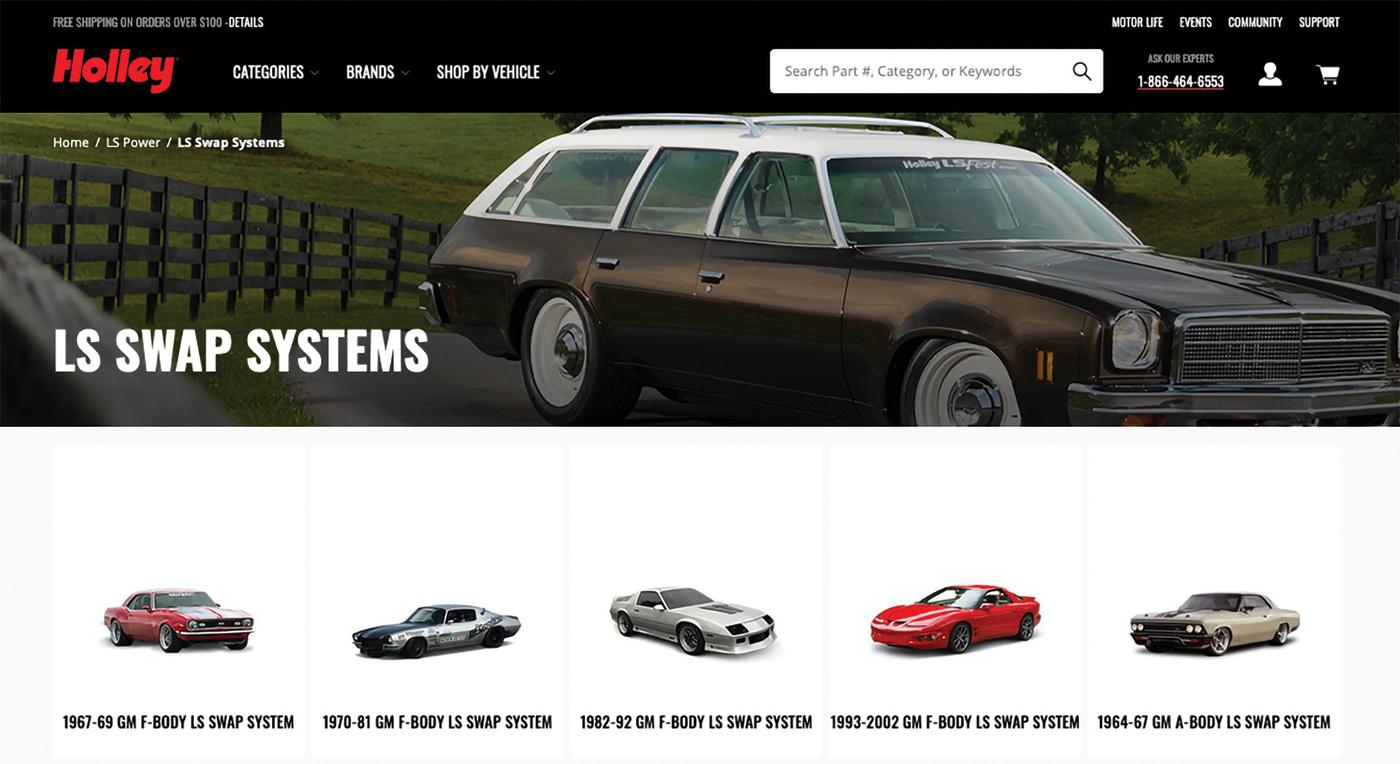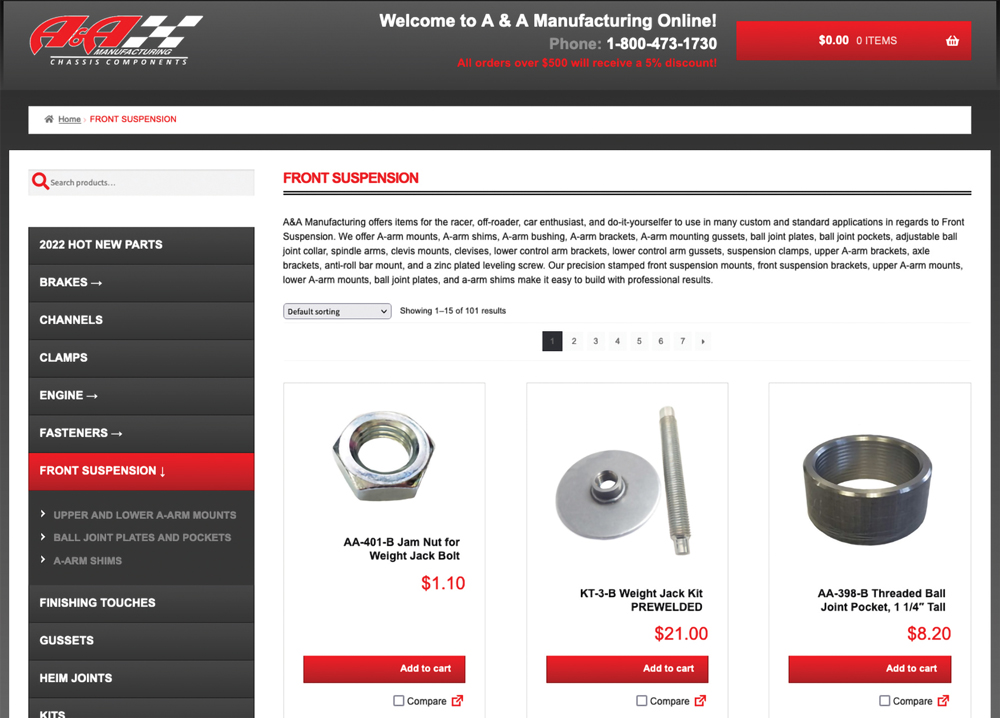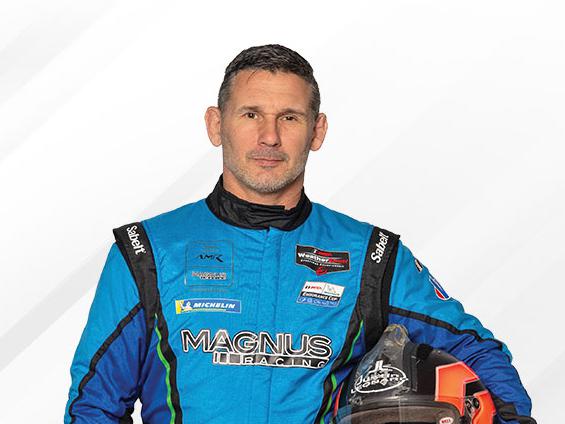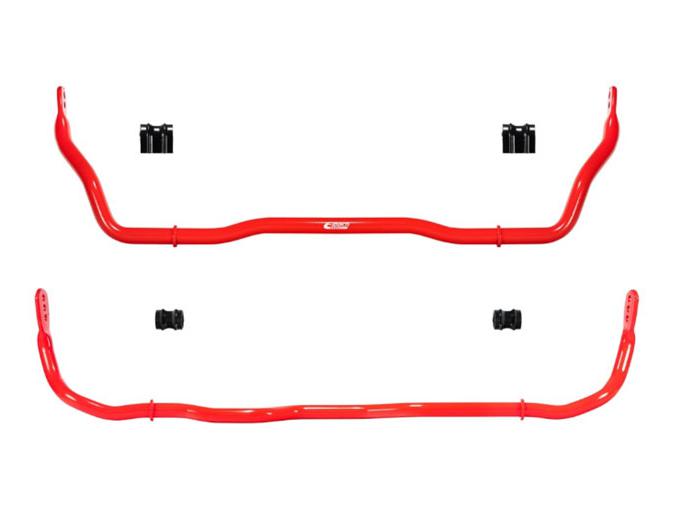Ask the Experts: How to Improve SEO

Paying attention to the details will help drive visitors to your business’s website, which is invaluable in today’s online economy.
SEO, or search engine optimization, may seem like a website function that’s a little too obscure, or mystifying, for a performance racing business to deal with when it’s already at 10/10ths trying to fill orders and cope with parts shortages and supply chain slowdowns.
That would be a mistake, said Jordan Manavian of We Design LA in Los Angeles, California, an agency that helps companies improve SEO among other digital strategies. “The one way people find businesses nowadays is by [Internet] searching, whether it’s for the product or the use case or the pain point. If your company doesn’t come up, it doesn’t matter how big you are, you’re not there.”
At BlackTruck Media + Marketing in Grand Rapids, Michigan, another firm focused on improving a business’s online efforts, “we work to best understand what’s going to make the most relevant sense for the brand to get them to show up higher in rankings to generate more traffic, generate more leads, and generate more sales,” said Jason Dodge.
Dodge and Manavian offered several tips racing and performance businesses can use to improve SEO. It’s not rocket science, but some of it may take a digitally savvy employee—or one of these firms—to make the most of a company’s website features.

At the top of both of their lists was populating a website with quality content. “Google wants you to answer a person’s question with a quality experience in an informative and very detailed way,” Manavian said. “Google values what’s valuable for its user. Google’s best success is when that user uses its search product the least amount. If you can pull someone in through a Google search, and they stay on your site, Google really likes that. Google also looks at: Do they stay on your site a long time? Do they look at lots of pages? Do they convert on your site? Now that person found you and bought something on your site or signed up for something. That’s how Google values the most of what you’re providing.”
Creating that kind of experience is “less about creating tricks or gimmicks to get someone to come to your site,” Manavian said. “It’s matching your content and your services to the right people who actually really want to see or buy it.”
Dodge tells his customers, “Don’t try to be something you’re not. Don’t write a bunch of long-form content because it ranks better. Write content to the length that it needs to be to get the point across. You’re not writing content to shove a bunch of keywords in there—you’re writing content to make sure it connects with your audience, gets the point across, and resonates with them.”
Keywords, Manavian explained, are those terms “someone types into Google search, so tying those search terms or phrases to what appears on your site is key. You want to have the keywords focused. If the content is about engine tuning, it should be in the title and used multiple times. Explain it from different angles. That’s what they’re looking for.” But, he added, “if you’re just saying the words ‘engine tuning’ 30 times in one sentence, they call that keyword packing or stuffing, and you’ll get knocked down for that.”

Cutting and pasting a manufacturer’s new product information into a website also is a mistake, according to both Dodge and Manavian. Google will pick up on that as well.
“Write your own description,” said Dodge. “Make it different. That will help you stand out in the eyes of the search engine.
“Focus on crafting good, unique content that hits on what your audience is looking for, and make sure your content is structured appropriately,” he added. That structure should include “a unique and compelling meta page title, the bolded text on the search engine result page that everybody clicks on. You also want to have a unique meta page description, which is the text that comes below that in the search engine results. The meta page description is not a ranking factor, but it’s an opportunity to potentially own some more real estate in search and draw the user in.” A site should have a unique meta page title and a unique meta page description “per page, per blog post, per product description or product category page, depending on the business.”
Also make sure that content is “organized appropriately, with the various segments or subsegments, and that you’re using heading tags appropriately,” Dodge said. “That provides Google and the search engines direction on what this section is about within a page. Google is inherently lazy. It doesn’t want to crawl an entire site. It wants that information fed to it. So sites still, to this day, should have a sitemap XML file that can be fed to Google. The search engine is more or less going to look to that file, crawl it, and that will be its mapping guide to help navigate through the site faster.”
Other tips from our experts: There is no set length for a website article to boost SEO, Manavian said. But while shorter used to be better, conventional wisdom puts the ideal length now at around 1,000–1,500 words per web page. “And don’t do all copy,” he added. “It should have images and, if possible, video as well.”
“Search is still built on the foundation of keywords and links,” Dodge said. “Make sure those links and those resources linking to you are of like industry or like topic. That’s attribution, showing authority. Link building and links are ways the Internet functions, and search engines recognize that.” A few years ago, “Google caught wind of the fact that there were SEOs doing things that were unorthodox. There was a lot of link buying happening, a lot of link spam, so the focus was on quantity of link versus quality.” When Google recognizes links that aren’t related to a company’s core business, the site’s search ranking could actually be penalized.
Ultimately, improving SEO is not a short-term strategy, Manavian pointed out. “It might not yield a benefit or positive traction for six to eight months.” Yet SEO “is absolutely one of the most underrated categories for companies to compete in, because essentially, if you have it built, it is yielding free traffic. I’ve seen large companies that spend a lot in advertising, that have big sales teams that have been around a long time, get beat by smaller companies that have an SEO strategy when they don’t have one.”
Sources
BlackTruck Media + Marketing
blacktruckmedia.com
We Design LA
wedesign.la
 MEMBERSHIP LOGIN
MEMBERSHIP LOGIN JOIN PRI
JOIN PRI


